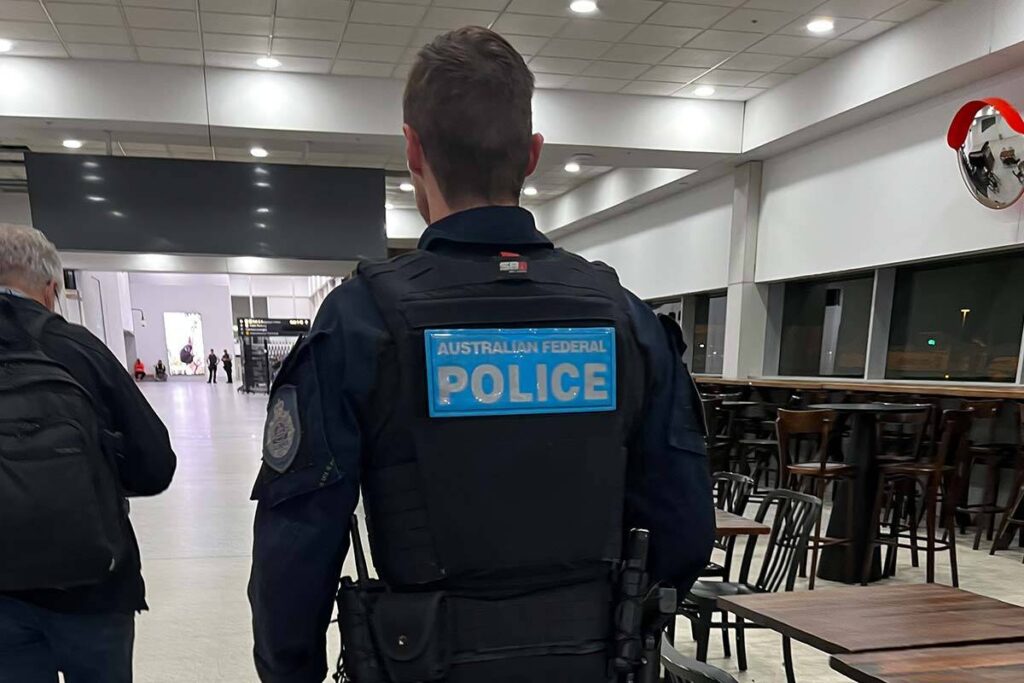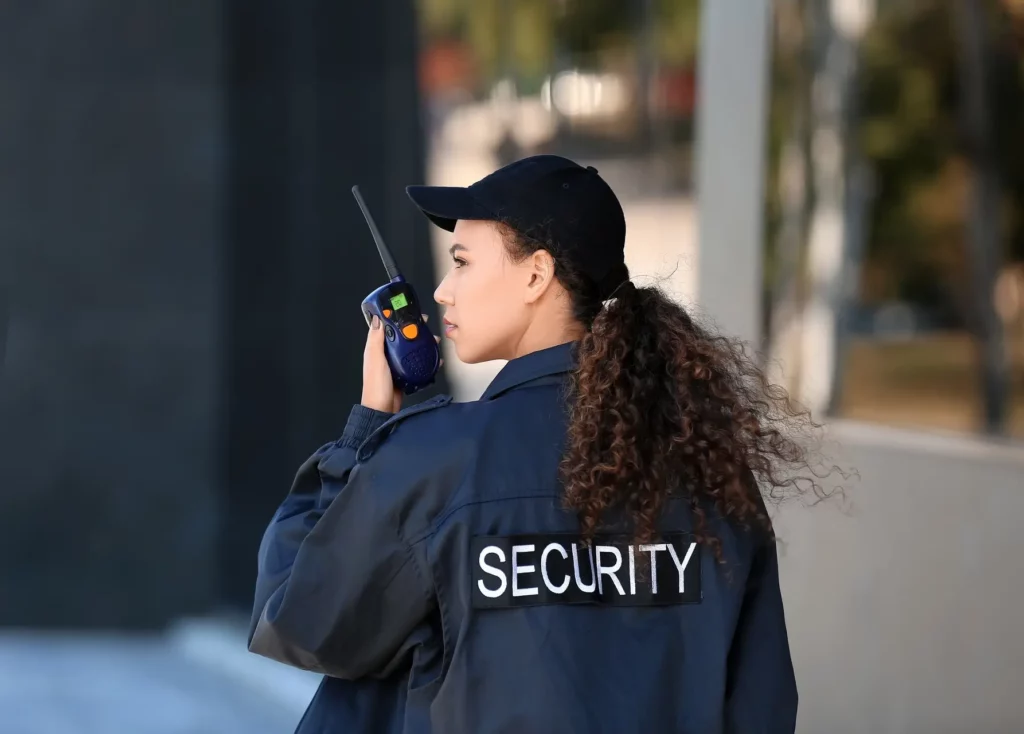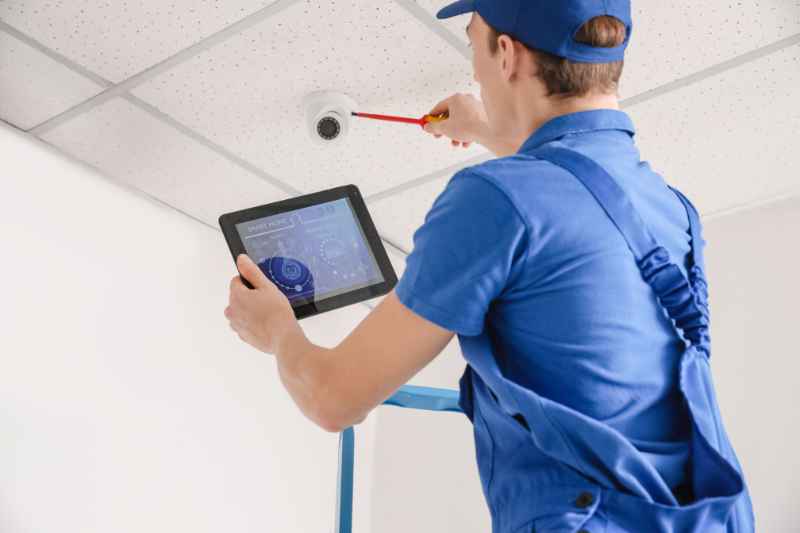Sydney’s dynamic urban landscape presents unique security challenges for both residential and commercial properties. The rising sophistication of criminal activities demands robust security measures to protect homes and businesses across the metropolitan area.
Recent crime statistics highlight several key concerns:
- Property-related offences remain a significant issue
- Break-ins often occur through unsecured entry points
- Technological advances enable new methods of security breach
- Both small businesses and homes face targeted threats
Implementing proactive security Sydney measures has become essential for property protection in Sydney. A comprehensive security strategy combines traditional physical safeguards with modern electronic systems to create multiple layers of defence. These integrated solutions help:
- Detect potential threats before they escalate
- Deter criminal activity through visible security presence
- Document incidents for law enforcement
- Deliver real-time alerts to property owners
The evolving security landscape requires Sydney property owners to stay informed about effective protection methods and adapt their security systems to address emerging threats.
Understanding Security Systems in Sydney
Modern integrated electronic security services create a robust defence network for Sydney properties. These sophisticated systems combine multiple security components into a unified platform, enabling comprehensive protection and streamlined management.
Key Security Components:
- Intrusion Detection Systems: Advanced motion sensors, shock detection technology, forced entry alerts, and real-time threat monitoring.
- CCTV Surveillance Networks: High-definition cameras, night vision capabilities, wide-angle coverage, and digital recording systems.
- Access Control Solutions: Biometric scanners, smart card readers, PIN-protected entry points, and time-attendance tracking.
These components work in harmony through centralised control systems, allowing property owners to monitor and manage security from a single interface. Professional security providers like Alpha Security Corp specialise in crafting bespoke systems that address specific site vulnerabilities and operational requirements.
The design process involves thorough security audits to identify weak points and create tailored solutions. Security experts assess factors such as:
- Property layout and access points
- High-risk areas requiring enhanced protection
- Traffic flow patterns
- Environmental conditions
- Budget considerations
This systematic approach ensures the implementation of effective security measures that adapt to changing threats while maintaining operational efficiency.
Essential Tips for Securing Homes in Sydney
A secure home starts with strong physical security measures. Using high-quality locks and implementing smart security practices can effectively deter potential intruders.
Basic Security Essentials:
- Install high-grade deadlocks on all external doors
- Secure windows with key-operated locks
- Maintain regular checks of all entry points
- Keep spare keys with trusted neighbours – avoid hiding them outside
Garage Security Measures:
- Install automatic roller doors with remote control access
- Apply frosted film or curtains to garage windows
- Store valuable items out of sight
- Use additional padlocks on manual garage doors
- Secure internal access doors between garage and house
Strategic Window Protection:
- Reinforce ground-floor windows with security screens
- Install window locks that allow partial opening for ventilation
- Add security film to glass panels to prevent shattering
- Trim bushes near windows to eliminate hiding spots
Shed and Outdoor Storage:
- Use heavy-duty padlocks on shed doors
- Secure garden tools and equipment with cables or chains
- Install motion-sensor lighting around storage areas
- Keep valuable equipment hidden from street view
These physical security measures work alongside modern security systems to provide multiple layers of protection. By combining quality locks, smart storage practices, and regular maintenance of security features, you can create a strong defence against unauthorised access.

Advanced Residential Security Solutions
Modern residential security has evolved beyond basic locks and alarms. Today’s sophisticated systems offer unprecedented control and peace of mind through smart technology integration.
High-Definition Surveillance
- 4K resolution cameras capture crystal-clear footage
- Wide-angle lenses provide comprehensive coverage
- Night vision capabilities ensure 24-hour protection
- Weather-resistant designs for outdoor installation
Cloud Storage Benefits
- Automatic backup of security footage
- Tamper-proof evidence preservation
- Flexible storage capacity options
- Quick retrieval of historical recordings
Smart Mobile Integration
- Real-time alerts sent directly to smartphones
- Live video streaming from any location
- Two-way audio communication capabilities
- Remote arm/disarm system controls
Evidence Collection Features
- Time-stamped video recordings
- Motion-triggered event markers
- Digital zoom capabilities for detail analysis
- Export options for law enforcement use
These advanced security solutions create a virtual fortress around residential properties. The combination of high-resolution cameras, cloud storage, and mobile accessibility transforms home security into an active defence system. Property owners gain the ability to monitor, record, and respond to security events in real-time, while building a comprehensive evidence trail for potential investigations.
The integration of artificial intelligence enhances these systems through smart detection algorithms that can distinguish between routine activities and genuine security threats, reducing false alarms and improving response effectiveness.
Security Strategies for Businesses in Sydney
Modern business security requires advanced solutions that are tailored to specific operational needs. In Sydney, commercial security systems provide multi-layered protection through the use of integrated technologies and strategic deployment.
1. Strategic Camera Placement
- Monitoring entry and exit points
- Surveillance of loading docks
- Coverage of cash handling areas
- Tracking warehouse inventory
- Observing staff common areas
A well-designed CCTV network for businesses creates a comprehensive security system, eliminating blind spots while still following privacy regulations. Wide-angle cameras are used in high-traffic areas, while sensitive locations require cameras with detailed recording capabilities.
2. Access Control Implementation
- Biometric scanners for restricted areas
- Time-based access restrictions
- Clearance levels specific to each department
- Digital visitor management systems
- Emergency lockdown capabilities
Advanced access control systems track employee movements through designated areas, creating detailed audit trails. These systems integrate with HR databases to automatically update access privileges based on changes in employment status.
3. Operational Integration
- Synchronized security feeds
- Real-time alert systems
- Mobile security management
- Automated reporting
- Data encryption protocols
Business security networks adapt to operational patterns, increasing protection levels during busy hours and maintaining vigilance during quieter times. Custom configurations are set up to accommodate unique business layouts, staff workflows, and industry-specific compliance requirements.
Benefits of Professional Security System Installation in Sydney
Professional security installation delivers unmatched expertise and reliability for Sydney properties. Companies like Alpha Security Corp bring 25+ years of specialised knowledge to each project, ensuring optimal system performance and integration.
Key advantages of professional installation include:
- Licensed security personnel with extensive training and certifications
- Thorough site assessment and customised security recommendations
- Expert placement of cameras and sensors for maximum coverage
- Professional-grade equipment sourced directly from trusted manufacturers
- Proper system configuration and testing protocols
- Seamless integration of multiple security components
The installation process includes comprehensive staff training to maximise system effectiveness. Ongoing technical support ensures systems remain operational and up-to-date with emerging security threats.
Professional installers also provide:
- Regular maintenance schedules
- System health monitoring
- Software updates and patches, which are crucial for maintaining system security and functionality
- 24/7 emergency support
- Documentation of all installations and modifications
- Warranty coverage on equipment and workmanship
These professional services create robust, reliable security systems that protect Sydney properties while meeting all relevant Australian standards and regulations.

Conclusion
The security situation in Sydney requires a careful plan to protect homes and businesses. A personalised security solution not only discourages potential dangers but also brings comfort to property owners.
Key things to think about for complete protection are:
- Professional evaluation of specific security needs
- Integration of advanced surveillance technologies
- Implementation of strong access control measures
- Regular system maintenance and updates
Investing in a customised security system offers long-term benefits such as:
Improved protection of assets
Lower insurance premiums
Real-time monitoring capabilities
Quick emergency response protocols
Sydney’s ever-changing security challenges need proactive actions. Using professional security solutions that are tailored to meet individual property requirements is essential for effective risk management. A well-thought-out security plan that combines advanced technology with expert execution provides a strong defence against contemporary security threats facing Sydney’s homes and businesses.
See Also: Security System Installation: what to expect and how to prepare.


